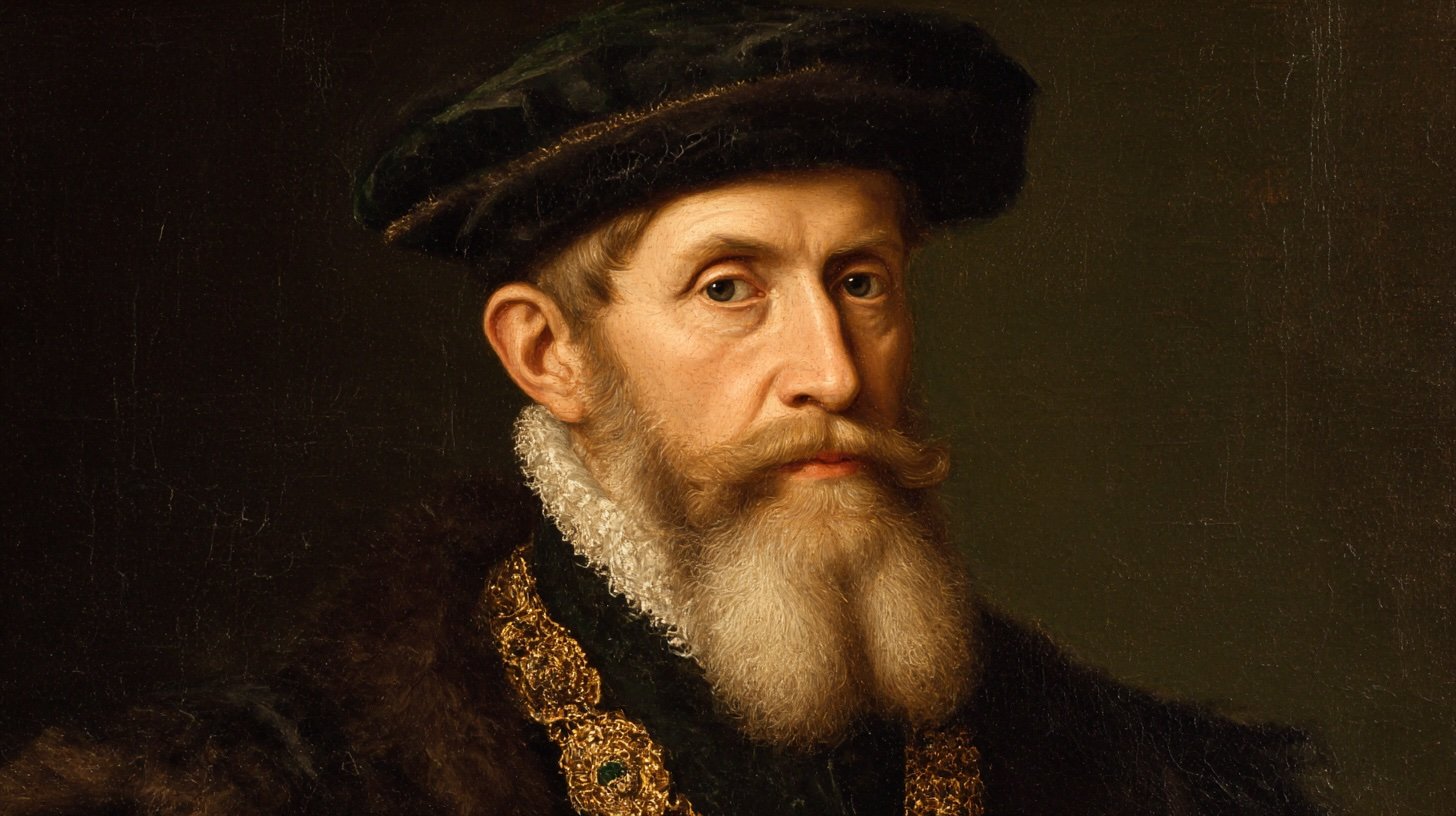How the Renaissance Rebooted Europe in Style
Renaissance art might get all the glory, but the Renaissance itself? A cocktail of contradictions, caffeine, and catastrophic inventions. The term “Renaissance” means “rebirth,” which sounds poetic until you realise what it actually involved: a bunch of Europeans waking up from the medieval nap and deciding, en masse, that bathing again, sketching nudes, and questioning the Pope could be fun.
While Michelangelo chiselled perfect abs onto David, the world outside Florence dealt with syphilis, violent witch hunts, and the printing press churning out everything from the Bible to deeply questionable anatomical diagrams. The Renaissance was not one smooth golden age. It was a chaotic, caffeine-fuelled brainstorm with paint, poetry, and plague.
For starters, Renaissance thinkers didn’t invent the rediscovery of classical texts. Arab scholars had been preserving and translating Greek philosophy for centuries. The Europeans just finally noticed. And then promptly took credit.
Leonardo da Vinci painted, sculpted, dissected corpses, designed war machines, and still found time to doodle flying men in his notebooks. He was the poster boy of the Renaissance: terrifyingly talented, distractible, and never finishing commissions on time. His CV reads like a genius with ADHD.
Meanwhile, Machiavelli gave politics its first cynical user manual. His little handbook, The Prince, basically advises, “Don’t be good, be feared.” A bestseller among tyrants and management consultants ever since.
Everyone talks about Renaissance Italy, but this cultural hurricane blew far beyond. In England, Shakespeare was busy inventing half the English language and casually tossing off existential crises for actors in tights. In Germany, Albrecht Dürer made woodcuts look dangerous. And in Spain, Cervantes invented the modern novel by writing about a man who thought windmills were monsters. Don Quixote: patron saint of delusional overachievers.
Fashion during the Renaissance was dramatic, absurd, and designed to say, “Look at me, I own land.” Codpieces were padded, ruffs could double as frisbees, and sleeves were detachable, which came in handy for duels or dramatic exits.
The printing press changed everything. Suddenly, anyone could own a book (well, anyone literate and not too broke). Martin Luther nailed his theses to the church door and triggered a religious rebranding campaign we now call the Reformation. Pamphlets flew like gossip at a Florentine dinner party.
In medicine, Renaissance doctors began peeking inside bodies instead of relying on star charts and leeches alone. Andreas Vesalius literally rewrote anatomy by cutting up cadavers and challenging everything Galen had written 1,400 years earlier. It was an awkward time for your average barber-surgeon.
Women in the Renaissance? Complicated. Educated women existed, but society preferred them as muses, not makers. Still, a few like Artemisia Gentileschi fought their way into the canvas. Her Judith doesn’t just behead Holofernes, she makes you feel it.
Science? Renaissance thinkers believed the Earth might not be the centre of the universe. Cue Copernicus and later Galileo, who looked at the heavens and said, “Actually…” The Church replied, “How about house arrest?”
Renaissance cuisine also saw a revival of herbs, spices, and manners, though forks were still controversial in some circles. Sugar sculptures graced banquet tables before everyone realised they were probably causing their teeth to fall out.
Maps became better, though not always more accurate. Some still included sea monsters and speculative continents. But cartographers were now mixing art with exploration, often without ever leaving their desks.
Speaking of not leaving desks, Renaissance humanists believed education could make you a better person. Their curriculum: grammar, rhetoric, poetry, history, and moral philosophy. Basically, how to argue in Latin while looking good in hose.
Architecture shed its Gothic gloom and turned back to Roman arches, domes, and proportion. Brunelleschi topped Florence with his dome. Palladio wrote the book on villas, literally. His designs now haunt every government building with columns.
Music evolved too. Composers added harmonies, wrote masses that could make you cry, and turned courts into competitive jukeboxes. Josquin des Prez was the Renaissance pop star no one remembers.
Banking also flourished. The Medici built a financial empire with a side hustle in patronage. Art met money in ways we still haven’t quite disentangled. No Medici money? No Botticelli Venus.
Dancing wasn’t just a hobby. It was political theatre with choreographed steps, coded gestures, and costumes that defied physics. Court dances were part flirtation, part chess.
And in literature, Petrarch kicked it off with love letters to a woman he barely knew. By the time we get to Montaigne, everyone’s writing about themselves. The personal essay was born, and ego found its niche.
Glassblowing reached new heights, especially in Venice, where Murano artisans created objects so fine they were locked on the island to prevent trade secrets leaking. Renaissance glass: pretty, pricey, and fiercely protected.
Gunpowder changed warfare, transforming knights into metal-clad targets. Castles evolved. Walls thickened. Sieges became mathematical exercises. The noble art of stabbing your opponent gave way to the messy science of blasting him.
Renaissance exploration wasn’t always noble. Columbus sailed west and ran into continents that already had people. The so-called Age of Exploration doubled as the Age of Colonisation, with all the consequences you’d expect when gold fever meets smallpox.
And finally, the Renaissance wasn’t one clean break from the medieval world. It was a messy, uneven shift full of contradictions. While philosophers waxed lyrical about human potential, others stoked fear with heresy trials and burnings at the stake.
The Renaissance, then, was not a neat moment of progress. It was a glorious muddle of brilliance and brutality, imagination and intolerance. A period when Europe remembered ancient wisdom, misused it creatively, and laid the blueprint for everything from modern science to modern celebrity culture. All while wearing ruffs and arguing about Aristotle.
